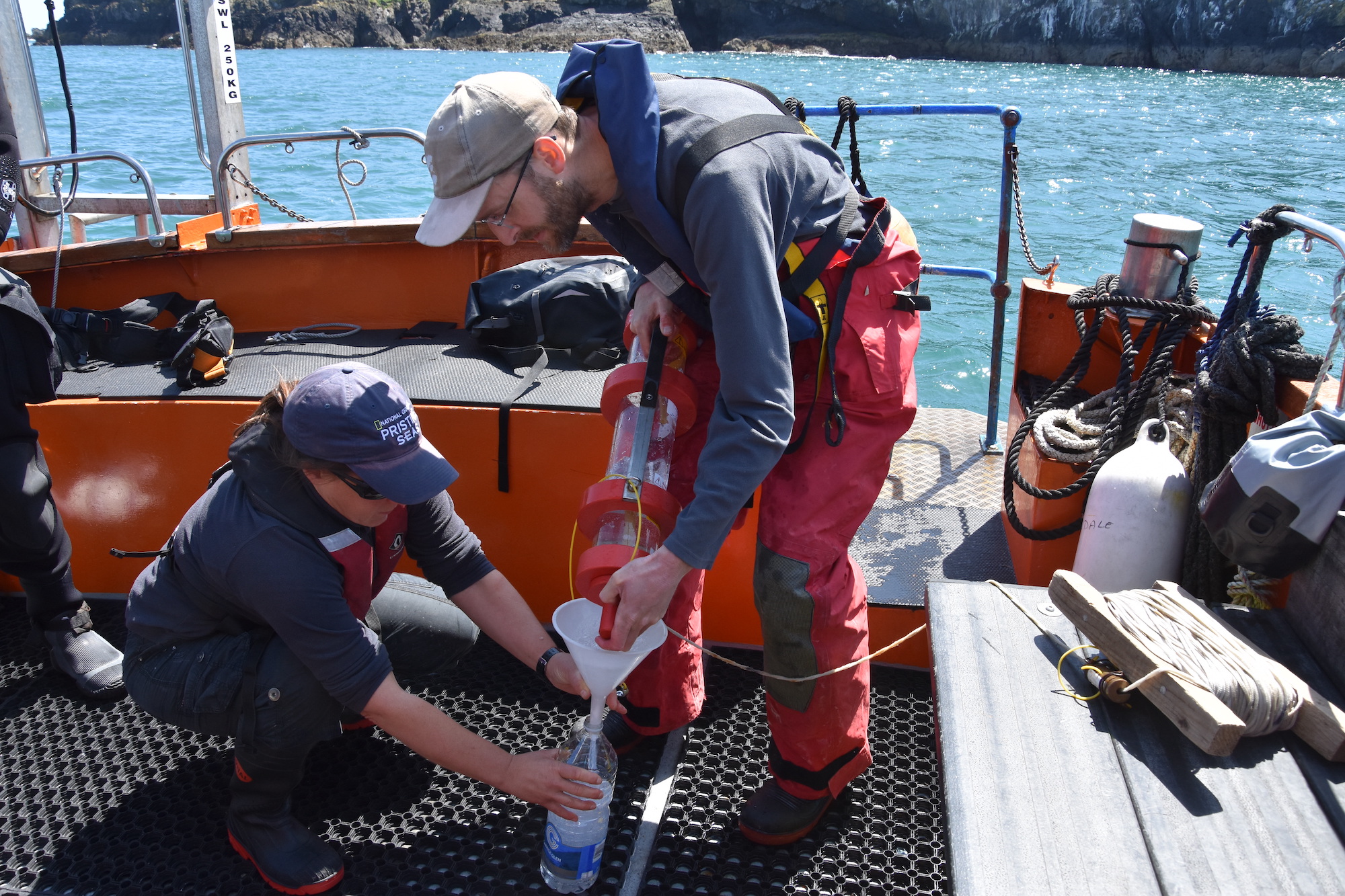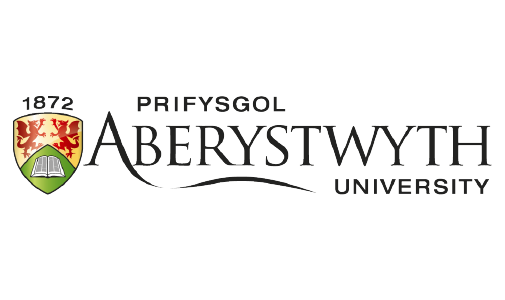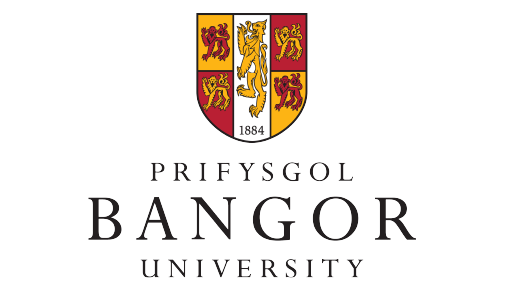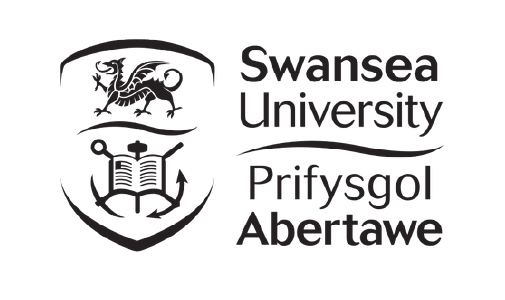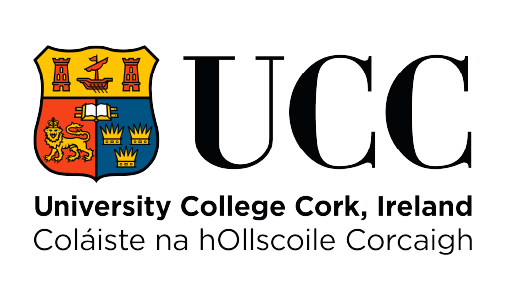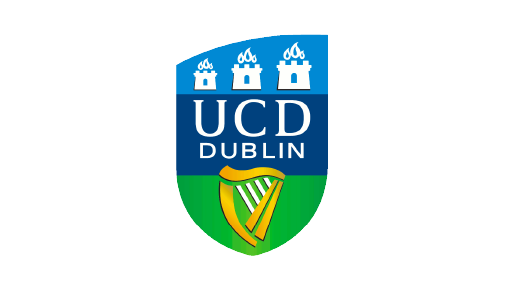About the Ecostructure Project

Tools for Coastal Managers & Researchers
Eco-Engineering
Eco-engineering brings ecologically-sensitive design to artificial coastal structures.
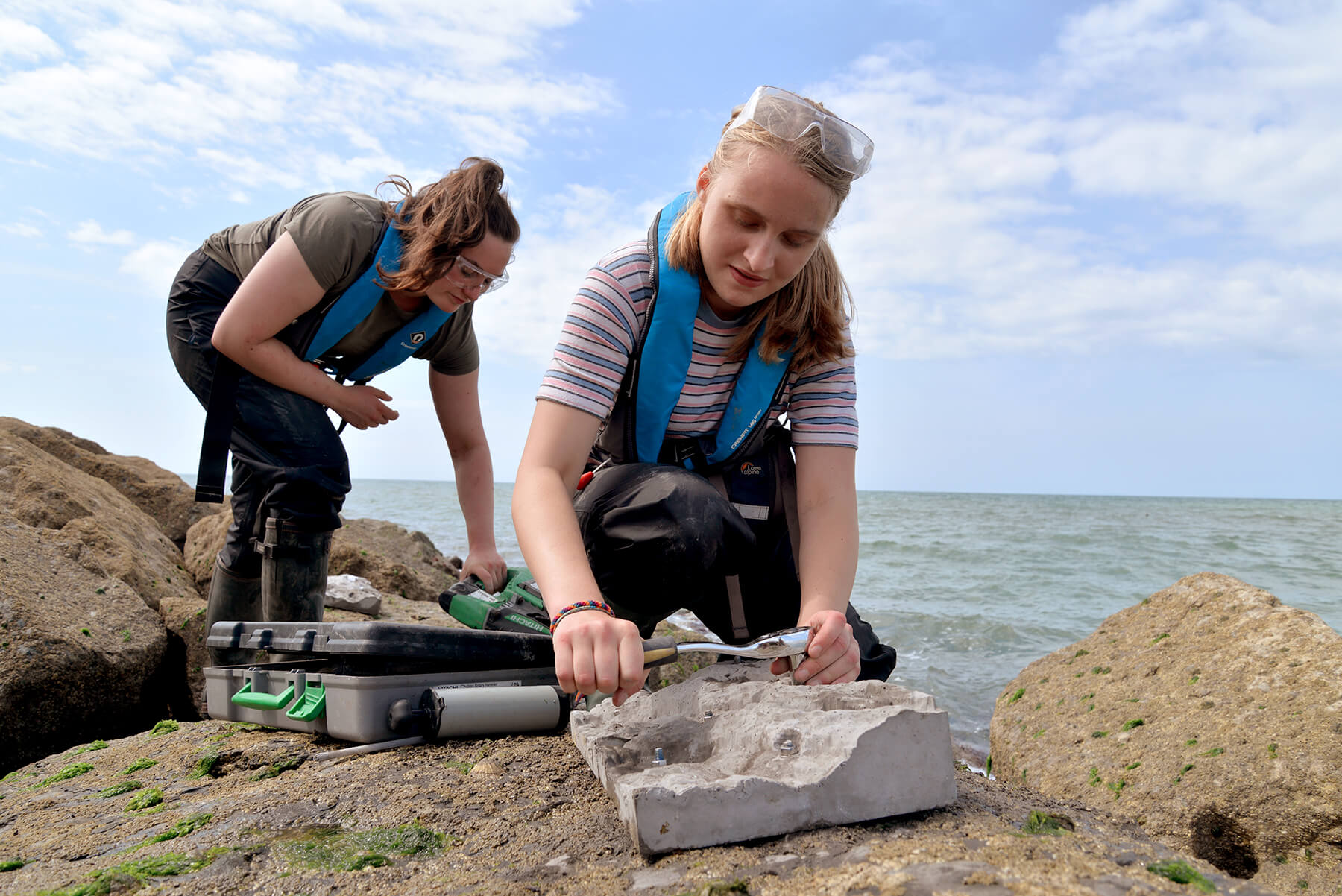
Researchers adding experimental tiles to a breakwater in Wales.
The construction of sea walls, breakwaters, groynes and other forms of coastal defences to protect homes and infrastructure from erosion and the impacts of climate change has led to extensive modification of the Irish Sea coast. The Irish Sea also offers huge opportunities for the expansion of offshore wind, wave and tidal energy generation, which will lead to modification of the seabed through the construction of rock-armour scour defences for pylons and anchor cables.
Eco-engineering is a nature-based approach that can mitigate some of the harmful effects of necessary coastal and marine construction on coastal ecosystems. It can also introduce secondary benefits to coastal communities in the form of green spaces, increased water quality and habitats for valuable fish and shellfish, increased biodiversity, and higher abundance of commercially important species such as lobsters. Ecostructure has generated new evidence for eco-engineering approaches that improve the value of artificial structures as habitats for marine wildlife. Learn more on our Research page via the button below.
Managing Invasive Species
Predicting, detecting and controlling the spread of marine invasive non-native species.
Invasive non-native species often colonise artificial coastal structures, especially in ports and marinas where high levels of boat traffic can introduce species from all over the world. Artificial structures such as rock armour sea defences and the scour defences of wind turbines also have the potential to act as stepping-stones for rocky reef non-natives across areas of unsuitable habitat, such as sand, mud or open water.
The Ecostructure project has investigated the role played by artificial coastal and marine structures in the introduction and spread of non-native species in the Irish Sea. It has also raised awareness of the threat of marine invasive non-native species and developed tools and resources to allow practitioners to prevent the arrival of non-native species through biosecurity measures and detection before they have become established.
